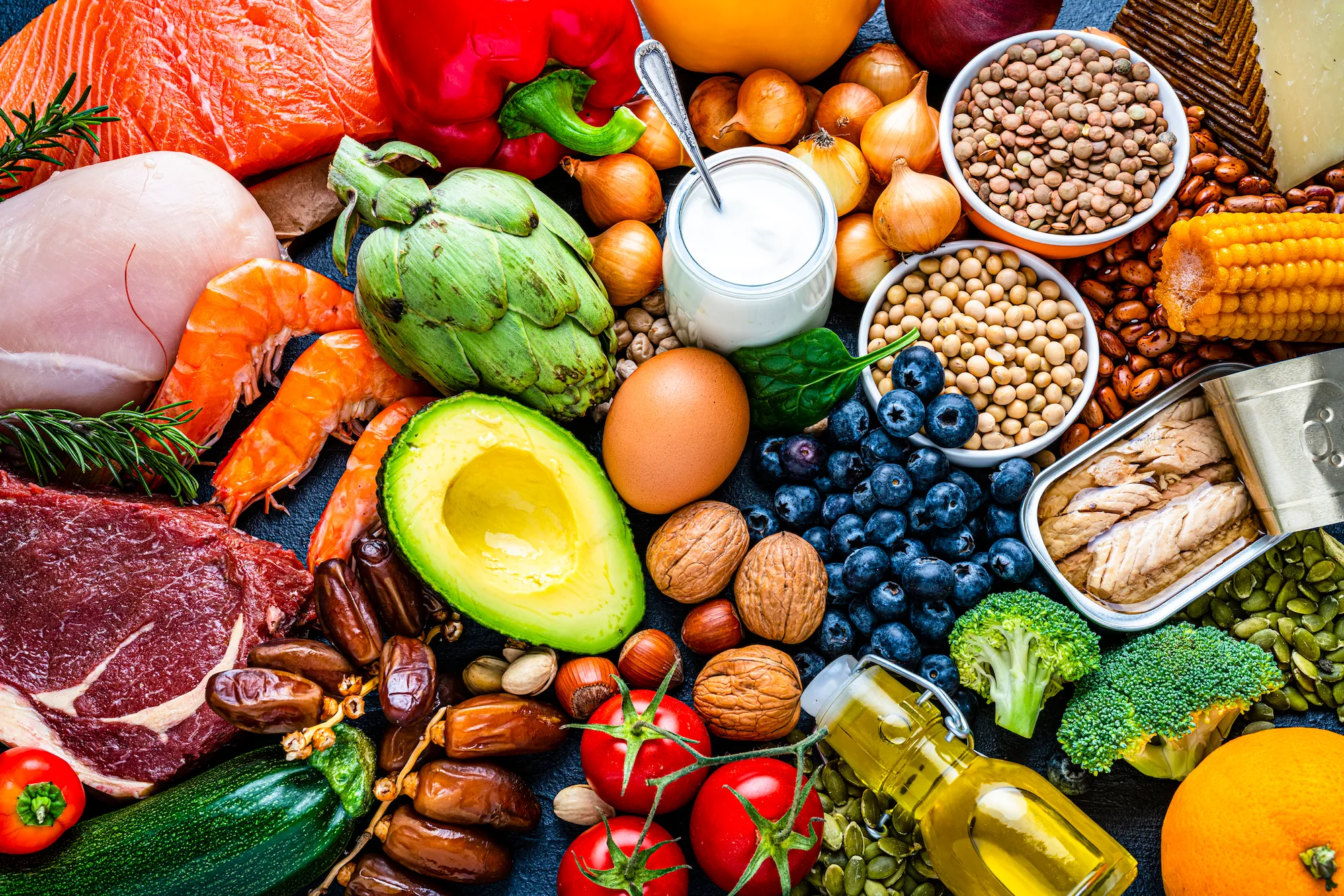A flexitarian diet is a semi-vegetarian approach that primarily focuses on plant-based foods but also allows for occasional consumption of meat and animal products. It emphasizes whole foods, minimally processed ingredients, and a balanced intake of nutrients. Here are some tips to eat healthy on a flexitarian diet:
- Emphasize plant-based foods: Make fruits, vegetables, legumes, whole grains, nuts, and seeds the foundation of your diet. Aim to fill at least half of your plate with these plant-based foods during meals.
- Choose high-quality animal products: When including meat and animal products in your diet, opt for lean cuts of meat, poultry, seafood, and dairy products that are low in saturated fat and added sugars. Alternatively, consider incorporating plant-based protein sources like tofu, tempeh, beans, lentils, and quinoa.
- Practice portion control: Be mindful of your portion sizes, whether it’s vegetarian or animal-based proteins. Balancing your plate with a variety of plant-based foods ensures that you consume an appropriate amount of nutrients without relying excessively on animal products.
- Increase plant-based protein sources: Experiment with different plant-based protein sources to ensure you’re getting adequate protein in your diet. Try incorporating foods like legumes, chickpeas, lentils, tofu, edamame, spirulina, quinoa, and chia seeds.
- Include a variety of colors: Aim to consume a range of colorful fruits and vegetables to ensure you’re obtaining a broad spectrum of vitamins, minerals, and antioxidants. Different colors indicate varying nutrient profiles, so diversifying your choices will help maximize nutritional intake.
- Prioritize whole grains: Choose whole grains like brown rice, quinoa, whole wheat pasta, barley, and oats over refined grains. Whole grains provide more fiber, vitamins, minerals, and antioxidants, leading to improved overall health.
- Limit processed foods and added sugars: Minimize the consumption of processed foods, such as packaged snacks, sugary drinks, cookies, and candies. These items often contain excessive amounts of added sugars, unhealthy fats, and artificial ingredients. Opt for homemade meals and snacks to have better control over the ingredients.
- Balance your macronutrients: Ensure your diet includes a balanced mix of carbohydrates, proteins, and healthy fats. Include sources of healthy fats like avocados, nuts, seeds, olive oil, and fatty fish like salmon.
- Stay hydrated: Drink plenty of water throughout the day to stay properly hydrated. Avoid excessive consumption of sugary beverages, and opt for water, herbal teas, or infused water for hydration.
- Listen to your body: Pay attention to your body’s hunger and fullness cues. Eat when you’re hungry, and stop when you’re satisfied. Avoid overeating or restricting yourself, as it’s important to maintain a healthy balance.
Remember, the key to a healthy flexitarian diet is to focus on incorporating nutrient-dense plant-based foods and making conscious choices about the animal products you consume. It’s always advisable to seek guidance from a registered dietitian for personalized advice that suits your specific dietary needs.












For 188bethiphop, it offers a great gaming experience. High levels of customisation and lots of ways to win. 188bethiphop
Microstar88slot, right? Spinning the reels is pretty addicting here. Some cool looking slots, nothing too crazy innovative, but solid. Worth a shot: microstar88slot